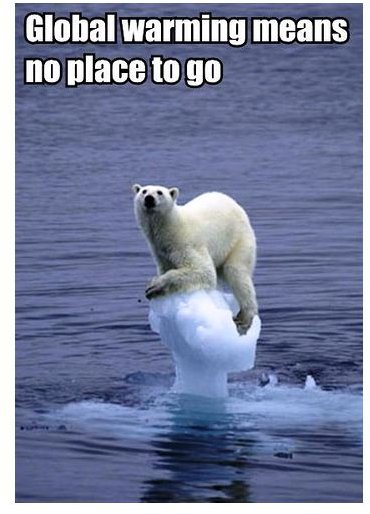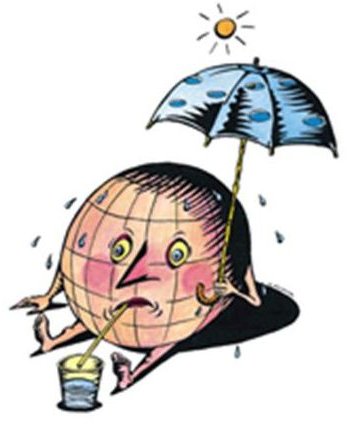Facts about Global Warming for Children
What is Global Warming?
Let us discuss some facts about global warming for children. Our planet Earth was formed billions of years ago. Just like a glass greenhouse traps the sun’s energy inside to help plants grow, Earth too is a natural greenhouse. There are gases like carbon dioxide, water vapor, and so forth in the atmosphere of the Earth, and these are called greenhouse gases.
When sunlight enters Earth’s atmosphere, it reaches land, water and the surface. A part of it is absorbed and the remaining portion is sent back, but the greenhouse gases do not allow all the sun’s energy to go back. They trap the energy and light of the sun. This helps keep the planet warm enough to live. If this natural greenhouse effect had not been there, Earth would be very cold, and the average temperature of the planet would be just five degreLes Fahrenheit.
With the growing population, rising number of industries and growing number of cars and vehicles, however, the level of carbon dioxide and other greenhouse gases like methane, nitrous oxide, and others has increased in the atmosphere. Scientists believe the level of carbon dioxide has increased up to 25 percent from the levels of hundreds of years ago. This increase is causing more of the sun’s energy to be trapped inside the earth’s atmosphere. The result is our planet is becoming warmer. This phenomenon of the planet becoming warmer and warmer due to excessive greenhouse effect is known as global warming.
What are the Major Causes of Global Warming?
The major causes of global warming are growing population, industrialization, and increased use of vehicles fueled by fossil fuels. It is believed that fossil fuels, like oils and gases, are adding approximately 6 billion tons of carbon dioxide into the atmosphere and only half of it is being absorbed by forests and oceans. All over the world, a 70 percent rise in carbon dioxide levels has been due to the burning of fossil fuel by vehicles, while a 40 percent rise in the levels is due to industries, machines, and other causes.
What are the Present Effects of Global Warming?

Experts say that the last twenty years have been the warmest of years for the planet. The Arctic ice is melting very rapidly due to warming. It is thought that the Arctic may become totally ice free as early as the year 2040. Glaciers are melting rapidly. The Glacier National Park in Montana had 150 glaciers in 1910. Now there are just 27. Deserts are becoming hotter than ever before.
In the animal world, polar bears have rapidly decreased in numbers. Coral reefs are dying off in many areas. All over the world, people have experienced sudden increases in temperatures with days becoming hotter. In 2007, residents of Tegua Island in the Pacific Ocean were evacuated due to rising sea levels and subsequent flooding.
What will Happen if Global Warming Continues?
Scientists believe that if nothing is done to stop global warming, by the year 2100 the earth’s temperature will increase by 3.5 degree F. It will become very hot making it difficult for most living organisms to survive. The increasing temperature would also increase the sea levels between 7 inches to 23 inches. Many people living near the coastal areas would be affected if something like this happens. There will be more storms, hurricanes, heat waves, wildfires and floods. Desert areas may become too dry and hot for inhabitation. Farming will not be possible. In fact, global warming could threaten the life of one million species of plants and animals.
How can I Make a Difference?
The problem of global warming is mostly due to the burning of fossil fuels and excessive use of energy. Many household items use use electricity like the washing machine, TV, refrigerator, computer, and so forth. When you drive somewhere, you use a vehicle that requires fuel. Therefore, now that you know some facts about global warming for children, encourage kids to help by:
- Turn off lights when leaving a room.
- Turn off the television or computer when not in use.
- Use the washing machine only when there are enough clothes to run it with a full load.
- Bike or walk short distances instead of going in a car.
- Take shorter showers to save water.
- Dress warmly if it is cold to avoid turning on the heater.
- Dress lightly when it is warm to avoid use of air conditioner or fan.
- Plant a tree.
Reference
https://news.nationalgeographic.com/news/2004/12/1206_041206_global_warming_2.html
https://globalwarming.sdsu.edu/
https://www.pewclimate.org/global-warming-basics/kidspage.cfm
Image Credit mikecogh and monado via cc/Flickr
